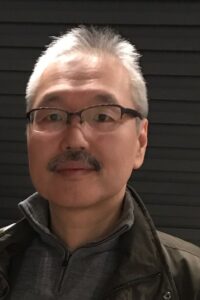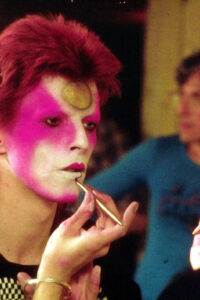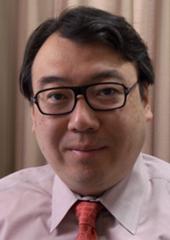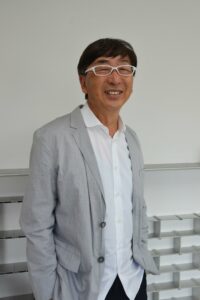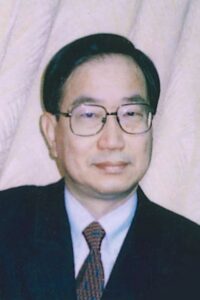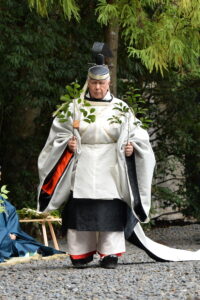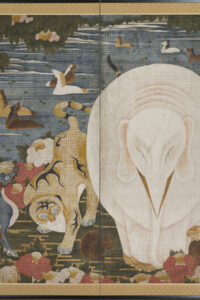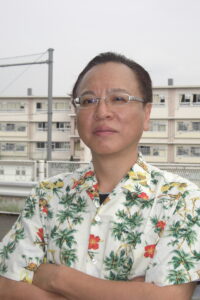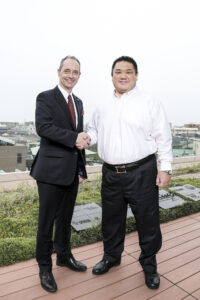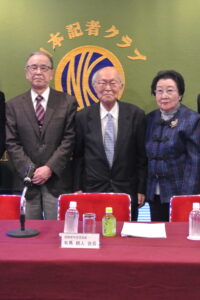
On 26 January 2017, the representatives of four haiku organizations and local governments held a press conference at the Japan National Press Club in Chiyoda Ward, Tokyo, and announced that they would launch a Promotion Council on April 24 targeting the designation of haiku on UNESCO’s list of Intangible Cultural Heritage of Humanity. Among the presenters were Arima Akito (president of the Haiku International Association), Takaha Shugyo (president of the Association of Haiku Poets), Inahata Teiko (president of the Association of Japanese Classical Haiku), Miyasaka Shizuo (president of the Gendai Haiku Association) and Mayor Okamoto Sakae of Iga, Mie Prefecture, the birthplace of Matsuo Basho. The group has been working on the project since July 2016. “Haiku is the world’s shortest fixed form of poetry composed of syllables arranged in a five-seven-five pattern. Haiku is a form of literature that expresses human beings ... ... [Read more]
